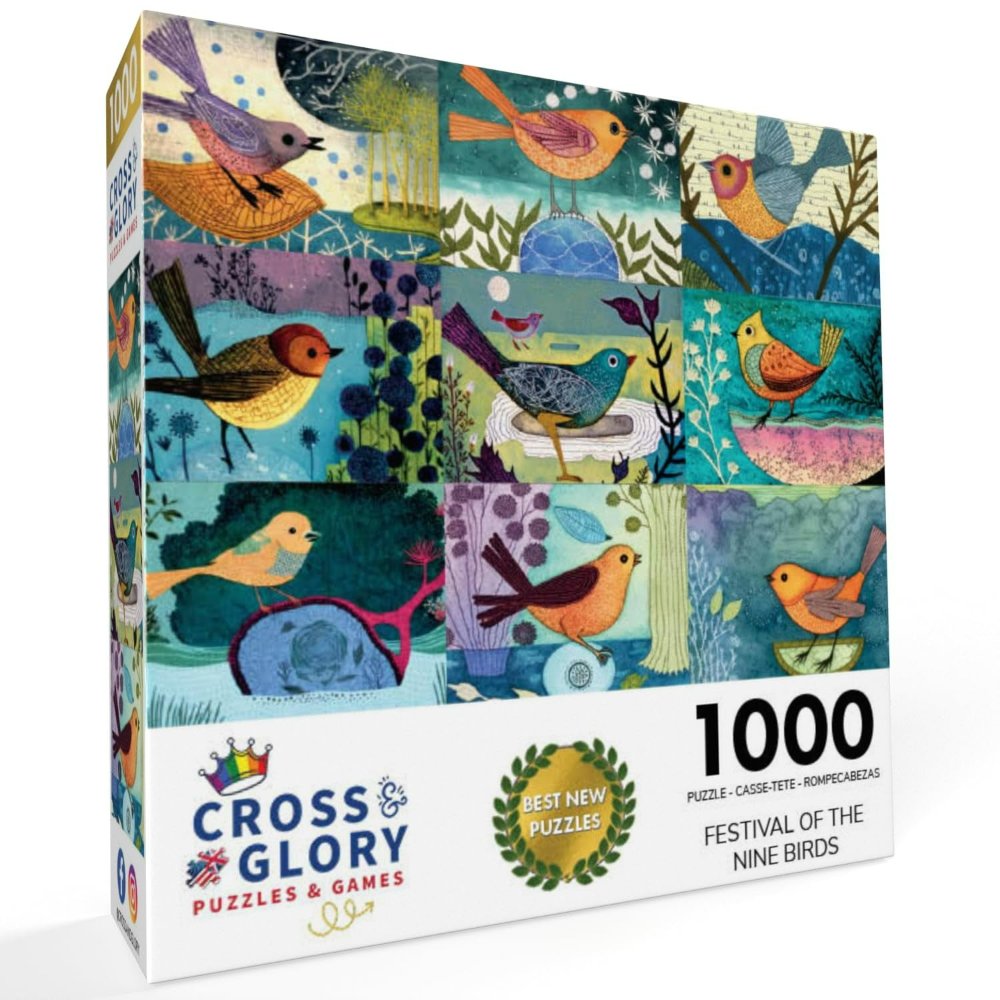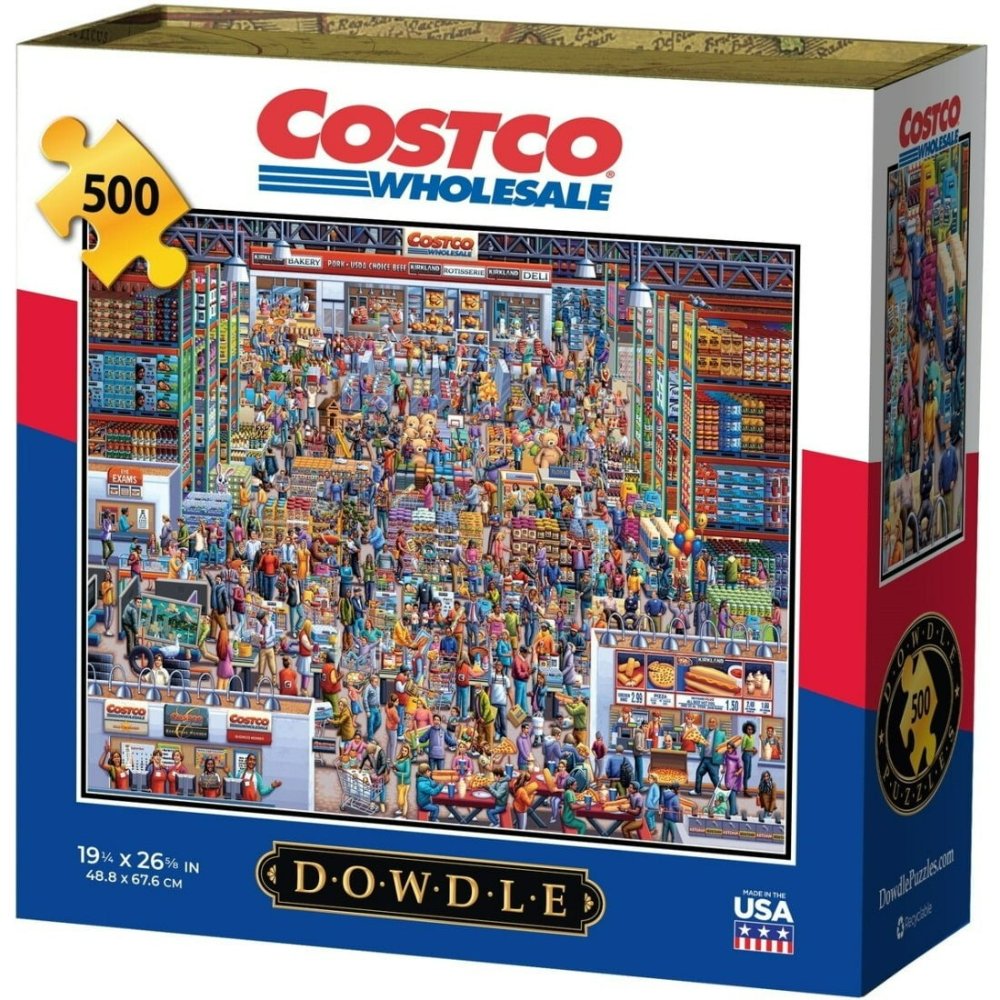Introduction
Tangrams are more than just simple shapes. They represent a puzzle that originates from ancient China. Over the years, tangrams have gained popularity worldwide. Teachers often use them in classrooms as a fun way to teach geometry and spatial reasoning. In essence, a tangram is a puzzle made from seven flat pieces called tans. These tans can be arranged to form a square, and they can also create various shapes like animals, people, and objects. The challenge lies in rearranging the pieces to form specific designs without overlaps. This article will dive deeper into what tangrams are, their history, uses, and benefits across different fields.

What Are Tangrams?
Definition of Tangrams
A tangram is a dissection puzzle that consists of seven pieces. These pieces are crafted from a square that has been divided into geometric shapes. The tans include various triangles, a parallelogram, and a square. They can be combined and arranged in countless ways. The goal is to form a specific shape using all seven pieces without any overlaps. This simple definition captures the essence of tangrams. However, the diversity and creativity they allow are what make them fascinating.
Each piece in the tangram set has its own unique shape. The method of mixing and matching these pieces leads to endless variations. Whether you want to create a bird, a cat, or a human figure, the possibilities seem infinite. Thus, the challenge is both mental and creative. You are not just putting pieces together; you are engaging in a form of art and problem-solving.
Components of a Tangram
The tangram puzzle comprises seven tans. They include five triangles of various sizes, one square, and one parallelogram. The triangles range from small to large, allowing for more complex shapes to be formed. The square and parallelogram add versatility, as they can serve as the base or frame for many designs. Tangrams can be made from various materials, such as cardboard, wood, or even plastic.
To illustrate how versatile tangrams can be, let’s consider a possible arrangement. You can take the largest triangle and use it as a base. The smaller triangles can then be aligned on top to create an image of a bird. Alternatively, you can position the parallelogram to form the body of a cat. This flexibility is one reason why tangrams are popular in educational settings. They provide countless opportunities for learning and exploration.
Historical Background
Origin of Tangrams
The origin of tangrams is both fascinating and somewhat mysterious. They are believed to date back to ancient China, around the time of the Song Dynasty, roughly in the 12th century. The puzzle spread to Europe and gained wide recognition in the 19th century. Reports indicate that sailors returning from China brought tangram puzzles back to Europe. Soon, they became a craze among adults and children alike.
As they made their way across the globe, tangrams evolved. They were included in books and games, and even became subjects of artistic interpretations. Their appeal transcended cultural boundaries, and they became an integral part of recreational mathematics. The simple yet challenging nature of tangrams captivated people from all walks of life.
Tangrams in Art and Literature
In addition to being a puzzle, tangrams found their place in art and literature. Artists began to create intricate designs using tangram pieces. Their geometric shapes inspired many to explore patterns and designs in their work. Books introducing different tangram shapes flourished, further fueling interest in the puzzle. Children and adults engaged with tangrams in various cultural contexts, revealing their universal charm.
The adaptability of tangrams extends beyond mere shapes. They encourage creative thinking and problem-solving skills. As a result, educators incorporated them into curricula worldwide. Classes focused on geometry often use tangrams as visual aids, demonstrating various concepts in a fun and engaging manner. In essence, tangrams have stood the test of time. They continue to inspire creativity and critical thinking while retaining their educational value.
Educational Uses of Tangrams
Teaching Geometry
Tangrams are widely used in classrooms to teach fundamental concepts in geometry. Teachers often use them to illustrate shapes, angles, and spatial relationships. When students manipulate tangram pieces, they gain hands-on experience with geometric concepts. This tactile approach enhances their understanding and retention of mathematical ideas.
For example, when a student combines two triangles to form a larger triangle, they learn about area and congruence. If they create a quadrilateral using the square and parallelogram, they can explore properties such as symmetry and perimeter. The versatility of tangrams makes them a valuable tool for educators. They can adapt lessons to cater to various learning styles, whether visual, auditory, or kinesthetic.
Enhancing Problem-Solving Skills
Beyond geometry, tangrams encourage the development of problem-solving skills. When students are given a specific shape to replicate, they engage in critical thinking. Figuring out how to arrange the seven tans requires logic and creativity. As they test various combinations, students learn to analyze their approach and adjust accordingly. This process fosters resilience and persistence, essential qualities for problem solvers.
Moreover, tangrams help improve spatial reasoning. As students visualize how the pieces fit together, they train their minds to think in three dimensions. This skill is crucial for many fields, including engineering, architecture, and science. By using tangrams, educators not only teach geometry but also cultivate critical skills that extend beyond the classroom.
Cognitive and Psychological Benefits
Development of Cognitive Skills
Tangrams present unique cognitive challenges. When individuals engage with tangram puzzles, they stimulate various cognitive skills. These include pattern recognition, spatial visualization, and analytical thinking. As a result, tangrams can play a role in cognitive development at any age.
Children, in particular, can benefit significantly from working with tangrams. Researchers suggest that manipulating shapes can enhance fine motor skills and hand-eye coordination. In addition, as children solve puzzles, they learn patience and perseverance. These qualities contribute to their overall cognitive growth. Adults can also see benefits. Engaging with tangrams can help sharpen focus and analytical abilities, making them more adept in problem-solving tasks.
Tangrams and Mental Health
Engaging in puzzles, including tangrams, can have positive effects on mental health. Many find that working on tangrams serves as a form of mindfulness. The act of focusing on creating shapes allows individuals to relax and momentarily escape stressors. This meditative quality can bring about a sense of calm.
Moreover, completing a tangram offers a sense of achievement. This small success can boost mood and increase confidence. Studies indicate that engaging in puzzles can also improve memory. By challenging the mind, individuals are exercising their cognitive abilities, which is beneficial as they age. Tangrams can thus serve as a delightful pastime for anyone, from children to seniors.
Tangrams in Various Cultures Around the World
Adoption in Western Culture
Once tangrams made their way to Western culture, they underwent several adaptations. Games and educational materials featuring tangrams began to emerge. They appeared in schools, homes, and even public libraries. Families would gather to solve tangram puzzles together, fostering social interaction.
Communities embraced tangrams as an enjoyable activity for all ages. Various competitions and events focused on tangram challenges popped up. These activities encouraged creativity and teamwork. In many Western countries, tangrams became synonymous with recreational mathematics. Teachers and parents recognized their educational value, integrating them into lessons beyond geometry.
Tangrams in Modern Society
In today’s fast-paced world, tangrams are still relevant. They are available in various forms, including mobile applications and online puzzles. This modern adaptation allows anyone to access tangrams anytime, anywhere. Digital platforms often feature tangram games that challenge players to recreate specific shapes within a time limit. This interactive element enhances engagement and appeal.
Moreover, the resurgence of interest in educational toys has spotlighted tangrams. Parents and educators appreciate their ability to combine learning, creativity, and fun. Various products now feature tangram designs, from clothing to home decor. This cultural evolution demonstrates that tangrams are not just a relic of the past. They continue to inspire creativity and imagination across generations.
Creating With Tangrams
Practical Tips for Using Tangrams
Engaging with tangrams is a rewarding experience, but knowing how to start can be beneficial. For beginners, choosing a tangible set of tangrams is a great option. Many educational stores sell them, and they often come with guides. Using a patterned guide can help suggest shapes for newcomers. Once comfortable, individuals can experiment without aids, creating shapes freely.
Setting up a conducive environment is essential. A flat surface allows for easier manipulation of the pieces. It can be fun to work in groups, so inviting friends or family to join can enhance the experience. This social aspect adds another layer of enjoyment to tangram puzzles.
Encouraging Creative Expression
Tangrams are excellent for fostering creative expression. Individuals can use them as a jumping-off point for artwork or stories. After creating shapes, one can think of a narrative to accompany it. For example, a person might create a fox from the pieces and then tell a story about the adventures of that fox. This interplay of art and storytelling enriches the experience and encourages imagination.
Moreover, crafting unique colors or designs for the tans makes the experience even more enjoyable. Individuals can paint wooden pieces or decorate them with patterns. This personalization adds an exciting dimension, allowing each tangram set to reflect the creator’s personality. Through such engagement, tangrams truly become a canvas for exploration and expression.
Conclusion
In conclusion, the definition of tangrams goes far beyond simple geometric shapes. They embody creativity, learning, and problem-solving in a portable, engaging format. Originating from ancient China, tangrams have traveled the world, adapting to various cultures and contexts. Their educational benefits are well-documented, whether in teaching geometry or enhancing cognitive skills.
Furthermore, tangrams serve as a timeless form of recreational activity. They encourage both individual creativity and social interaction. As we continue to explore and create with tangrams, they remain a powerful tool for education, mental health, and artistic expression. The beauty of tangrams lies not only in the shapes they create but in the minds they inspire.




